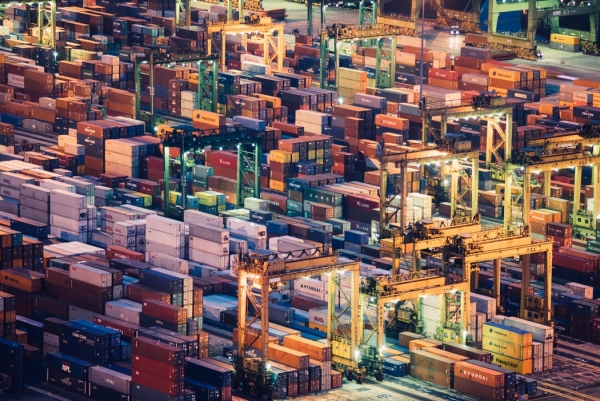
Part 3 - Carey Island's port: Is it a “Need” or “Want” ?
Statement of objectives
- The idea of developing Carey Island’s port was conceptualised following the remarks that existing ports in the Port Klang area will hit maximum capacity. In early 2017, Port Klang Authority (PKA) had announced existing ports in the area will reach maximum capacity by 2025.
- In April 2017, MMC Corporation Bhd has signed two agreements: (1) The first one with Adani Ports and Special Economic Zone Ltd (APSEZ) to conduct a feasibility study of Carey Island as an extension of Port Klang; and (2) Second MoU with Sime Darby Property Bhd and APSEZ to study the feasibility of developing an integrated maritime city in Carey Island.
- In July 2018, another feasibility study under new administration will be independently conducted and commissioned by Port Klang Authority (PKA). As of now, previous government had not issued approval for the Carey Port. Transport Minister Anthony Loke indicated that the project will be private initiative-driven if the Parliament approved.
- The objectives of this working paper are to provide an overview of the port development in Carey Island and also to assess the potential of the Carey Island project that can enhance the surrounding development.
Summary: Carey Island’s port
- Seaborne trade is hardly can be substituted with either air or land transport. Strait of Malacca (SOM) will has enormous traffic over next few decades as world trade and intra-ASEAN trade are expected to grow at rapid rate annually.
- Most of Carey Island’s lands are owned by Sime Darby Plantation. Carey port development would require about 700 hectare land, which makes up about 6% of 11,615.65 hectare Carey land from Sime Darby Plantation. For Port Industrial City (include port), Sime Darby Plantation ought to sacrifice entire palm oil plantation in Carey Island. Sime Darby Plantation’s total landbank area will reduce by 3-3.3%.
- The development of Carey Port is to cater for future needs as West Port and North Port have almost reached the maximum port expansion.
- Since the formation of a new shipping alliance, Port Klang’s container volume has declined by 9.8% from 13.2 million TEUs in 2016 to 11.9 million TEUs in 2017. Overall, Peninsular Malaysia’s port utilization rate was 66.8% in 2017.
- From maritime perspective, it is not economical viable for the construction of Carey Island’s port to be ready by 2025 or 2028 on account of the following reasons: (a) A number of existing ports expansion will be completed by 2030. Peninsular Malaysia’s ports capacity will expand to roughly 56.6 million TEUs in 2030 (34.3 million TEUs in 2017); (b) Melaka deep seaport and Tanjung Bruas Port would be participating in transhipment industry between 2018 and 2030; and (c) Ports’ capacity will be underutilized in Peninsular Malaysia, triggering a stiff domestic competition.
- In contrast, it cannot be denied that Carey Island’s port would create positive spillovers and multiplier effects to businesses and people. Most importantly, it can reduce the traffic congestion in Port Klang. With its strategic location geographically, Carey Island’s port can be realized faster than our expectations if the port integrates with innovation, latest technology, efficient services and competitive pricing.
- Alternatively, it will be interesting to see how developments projects such as Singapore’s Tuas, Myanmar’s Dawei, Thailand’s Laem Chabang, and other smaller ports development plans will complement or pose a threat to the Carey Island in the process of transforming South-East Asia into a massive regional hub (Please refer to previous research paper on “Strait of Malacca”).
- Lastly, new mega ports or hubs being developed along Strait of Malacca are likely to benefit the shipping lines, and to some extent the importers/exporters in the future.



